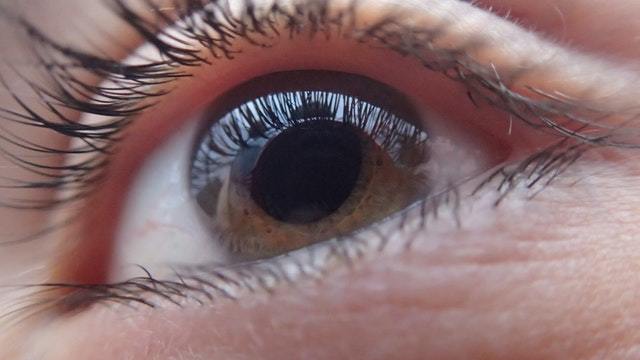Inicio / SPECIALISATIONS / GLAUCOMA / Pigmentary glaucoma
Pigment Dispersion Syndrome occurs when the iris (coloured area of the eye) rubs against the anterior part of the crystalline, which is the natural lens we have in the eye.
Due to a different anatomy, more common in individuals with myopia and young males, this pigment is released in the iris and floats in the interior of the anterior chamber, being deposited in some tissues that we have at the front of the eye.
One of the areas where the pigment is deposited is the iridocorneal angle, which also serves as a natural filtering area for the eye globe. It could be considered somewhat similar to a “natural drainage” through which the aqueous humour, the fluid at the front of the eye, flows and exits the anterior chamber. When this filtering area is obstructed the fluid cannot leave, slowly causing an increase in intraocular pressure. Glaucoma may occur due to this mechanism.
Like all types of glaucoma, pigmentary glaucoma may cause damage to the optic nerve thus originating a defect in the visual field.
There have been cases of patients with Pigment Dispersion Syndrome that have benefited from laser treatment on the iris (peripheral iridotomy) when their anatomy so indicated. When there already exists an increase in intraocular pressure and damage to the optic nerve, treatment does not differ from that of other types of glaucoma. This involves medical treatment with drops to decrease intraocular pressure. If this does not work, alternative treatment with laser (trabeculoplasty) can be tried.
Surgical treatment is the last option, it is the most efficient and is reserved for cases in which previous treatments have not been successful.
This type of glaucoma is more common among young individuals and is not always diagnosed as it presents variations in pressure. It is therefore paramount to undergo a specialised eye examination with an ophthalmologist.
